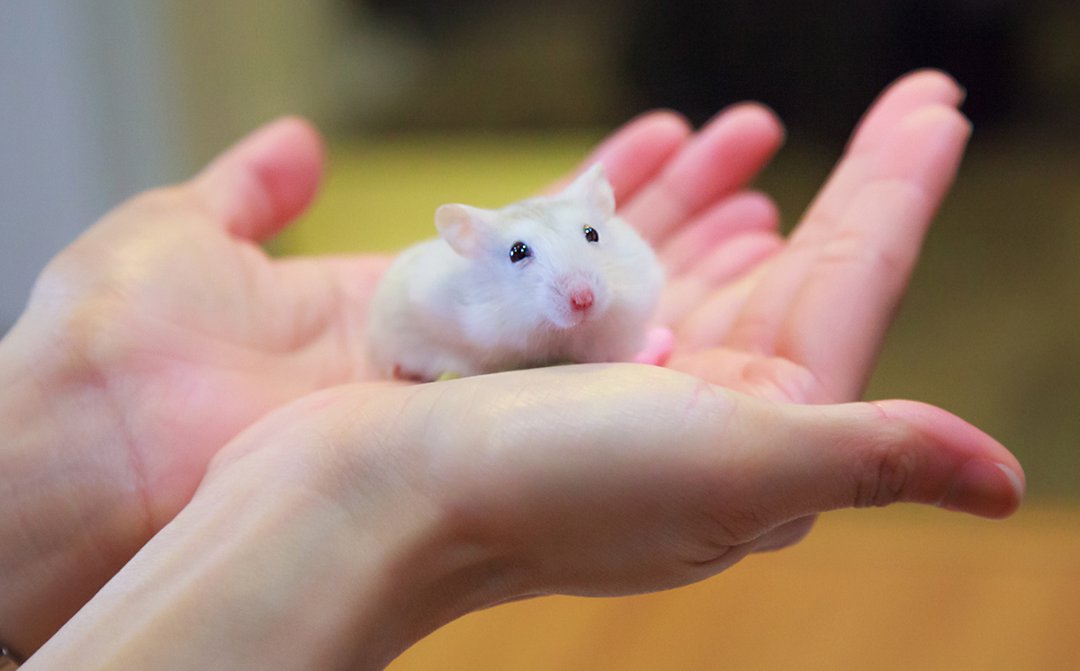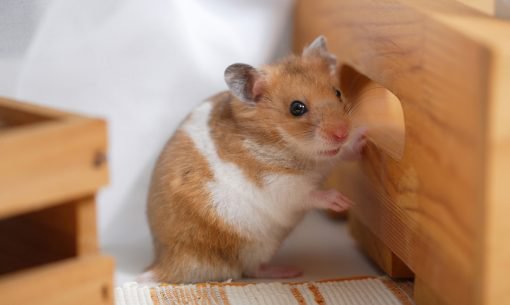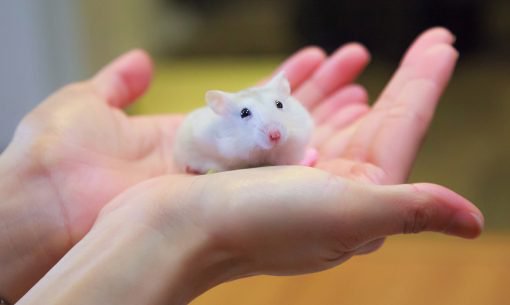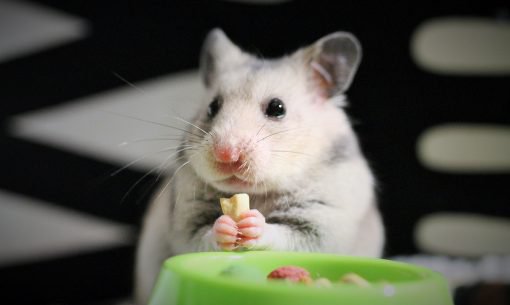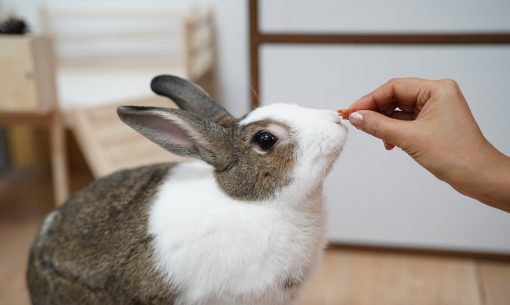Can Hamsters Live Together? Why Keeping Them Alone Is Best
Can hamsters live together?
Hamsters make wonderful companions — full of energy, personality and charm. But when it comes to sharing a home and asking can hamsters live together, there’s one very important rule every owner should know:
Hamsters should not live together.
Although these adorable pets might look like they’d enjoy a friend, hamsters are solitary animals by nature. In the wild, they spend most of their lives alone, meeting others only to mate. When kept in pairs or groups, they can quickly become territorial or aggressive — and fights can cause serious injuries.
So, while it may seem kind to give your hamster a “buddy,” the truth is that a hamster’s best companion is you.
Why hamsters shouldn’t share a cage
Even small or “social” species like dwarf hamsters rarely benefit from company. At first, two young hamsters might appear to get along, but disagreements can surface suddenly and violently — often over food, bedding, or territory. Once hamsters fight, they usually cannot safely live together again.
Keeping them apart isn’t cruel — it’s what they instinctively prefer. A single hamster with plenty of space, enrichment and positive human interaction will be far happier and less stressed than one forced to share its territory.
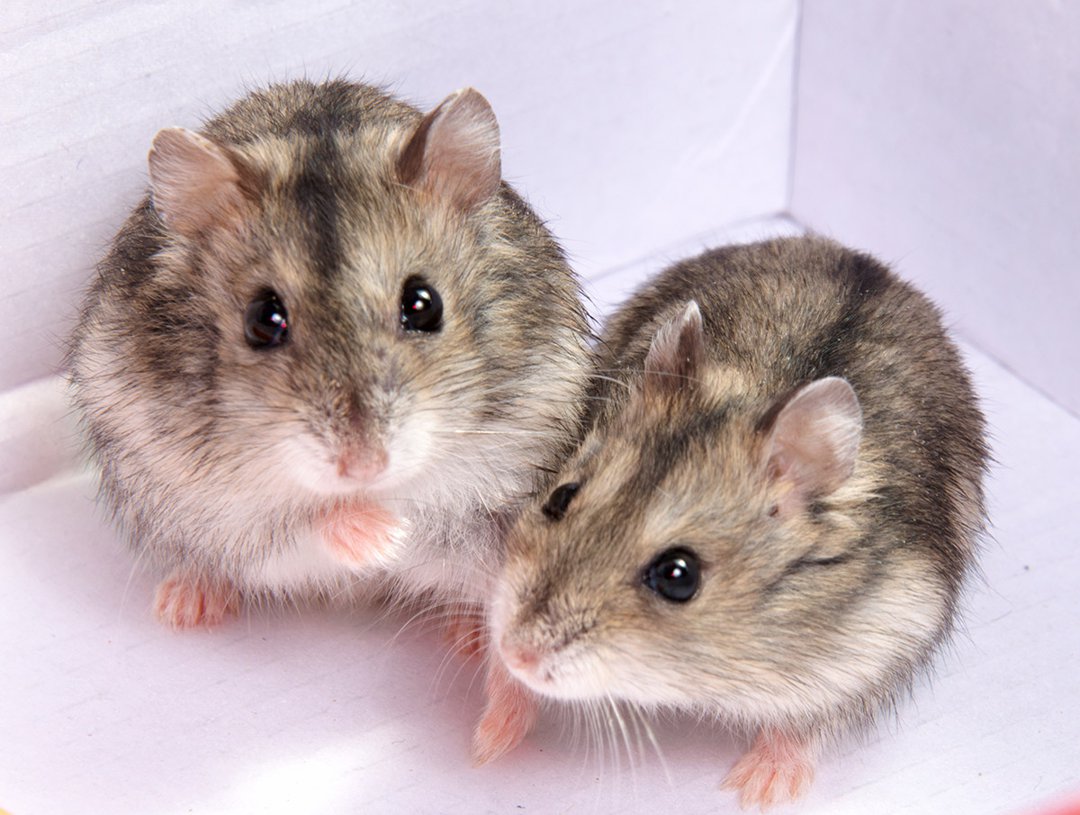
Hamster breeds: which can live together?
Let’s look at what each popular breed really prefers:
Syrian Hamster
Always a solo pet. Syrian hamsters are highly territorial and must live alone. The “one hamster per cage” rule couldn’t be more important here. Fortunately, they bond wonderfully with people and are among the most interactive hamster breeds.
Campbell’s Russian Dwarf & Winter White Hamsters
Although sometimes capable of coexisting in same-sex pairs when very young, it’s far safer to keep them separately. Even littermates can fall out suddenly — and separating fighting hamsters can be distressing for both pets and owners.
Chinese Hamster
Slightly more tolerant than Syrians, but still happiest alone. Chinese hamsters enjoy plenty of enrichment and can form a gentle bond with their owner.
Roborovski Hamster (Robo)
Tiny but fast! Robos are active, curious, and often seen as more “social.” However, even they can fight under stress. To prevent conflict, a single Roborovski hamster per enclosure is the best policy.
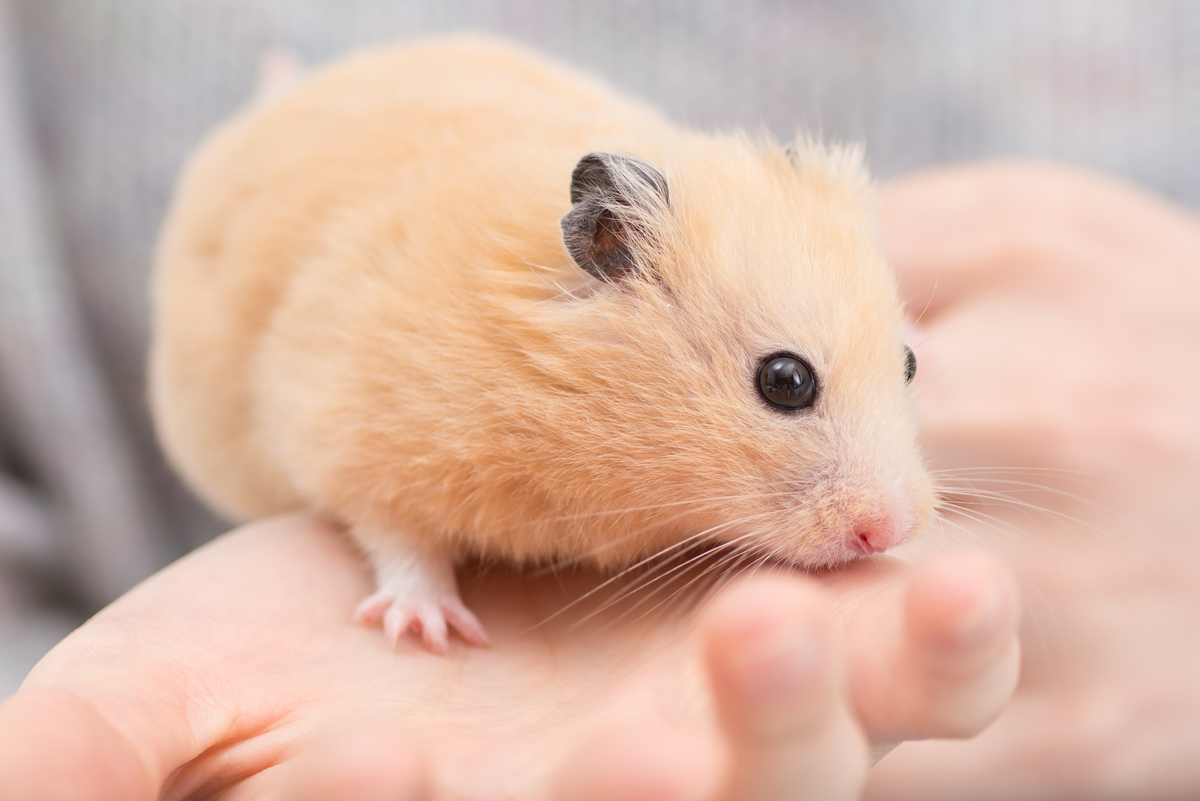
What if your hamsters already live together?
If you adopted or bought hamsters that currently share a cage, watch them closely.
Signs of trouble include chasing, squeaking, puffed fur, or guarding food and nesting spots. These are early warning signs that separation may soon be necessary.
To reduce stress for temporary pairings:
- Provide two of everything — food bowls, hides, water bottles, toys, and wheels.
- Give your pets lots of space to dig, burrow, and retreat.
- Always have an extra cage ready in case you need to separate them quickly.
Even long‑term pairs can fall out suddenly, so constant vigilance is essential.
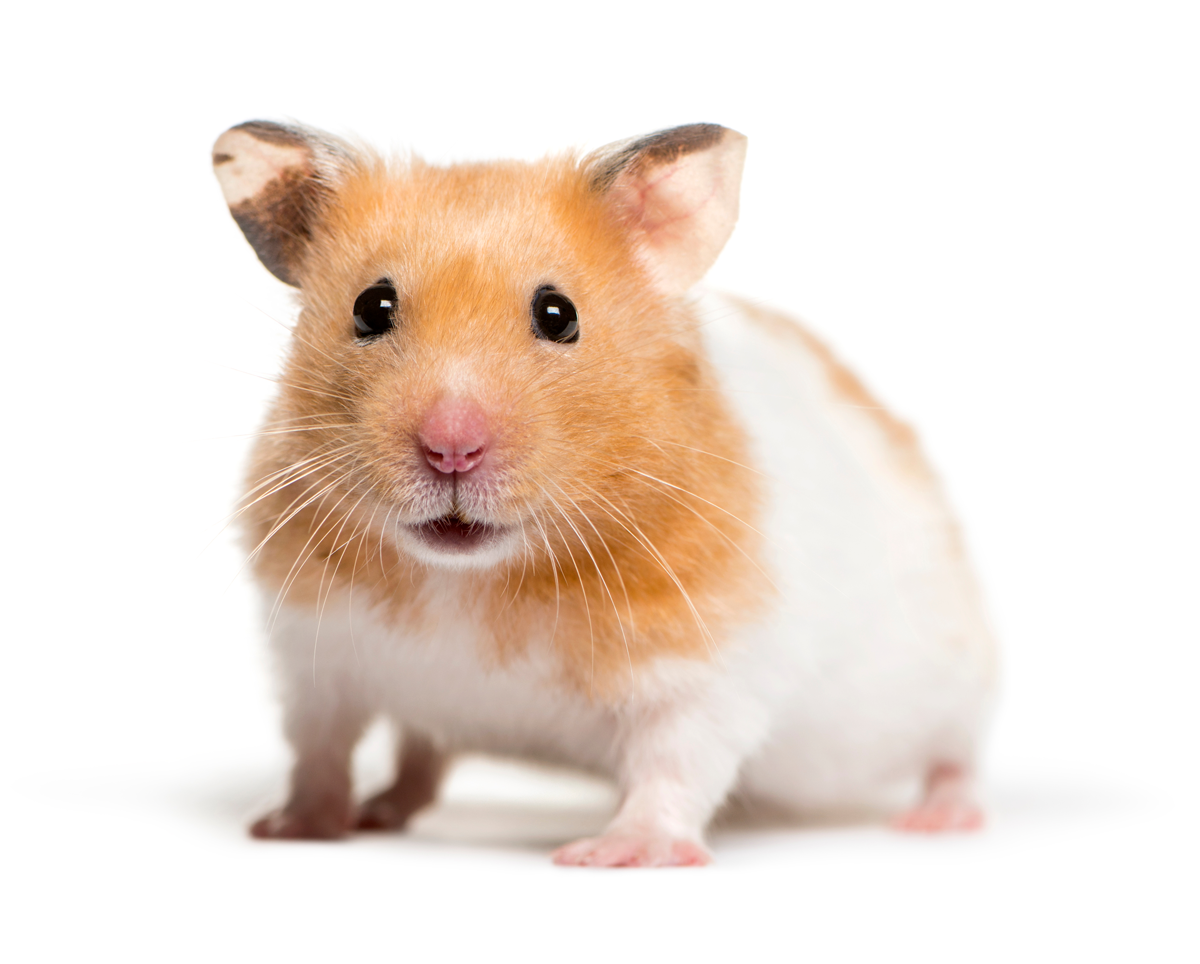
The verdict: hamsters should live alone
While some small pets thrive in groups, hamsters are different. They’re independent by nature — and being kept solo lets them feel safe, calm and content. For almost every species and home environment, the best approach is one hamster per cage.
You’ll still enjoy their playful, inquisitive nature, and your hamster will enjoy peace and security.
After all, a happy hamster is a hamster with a space that’s all their own.
